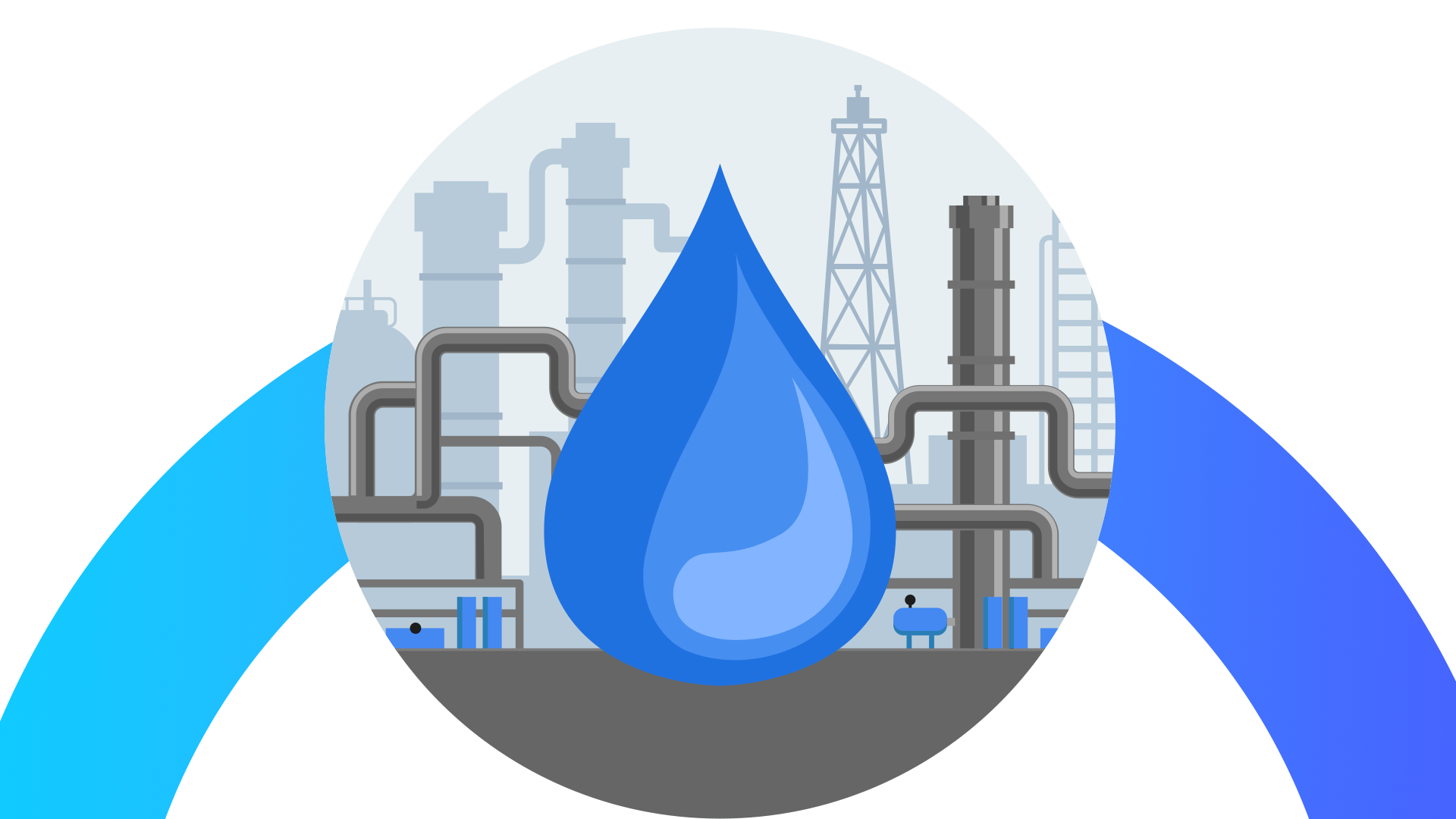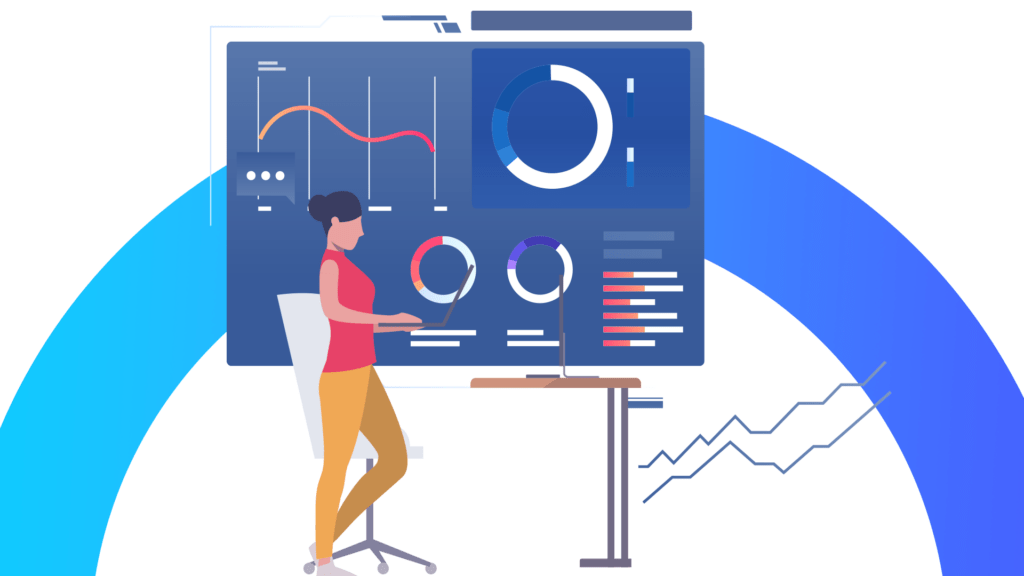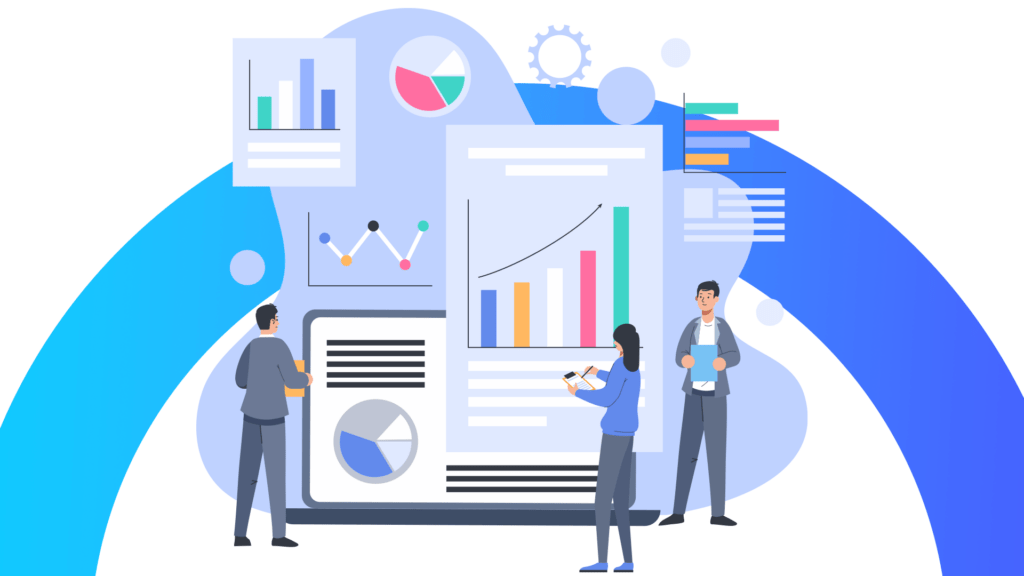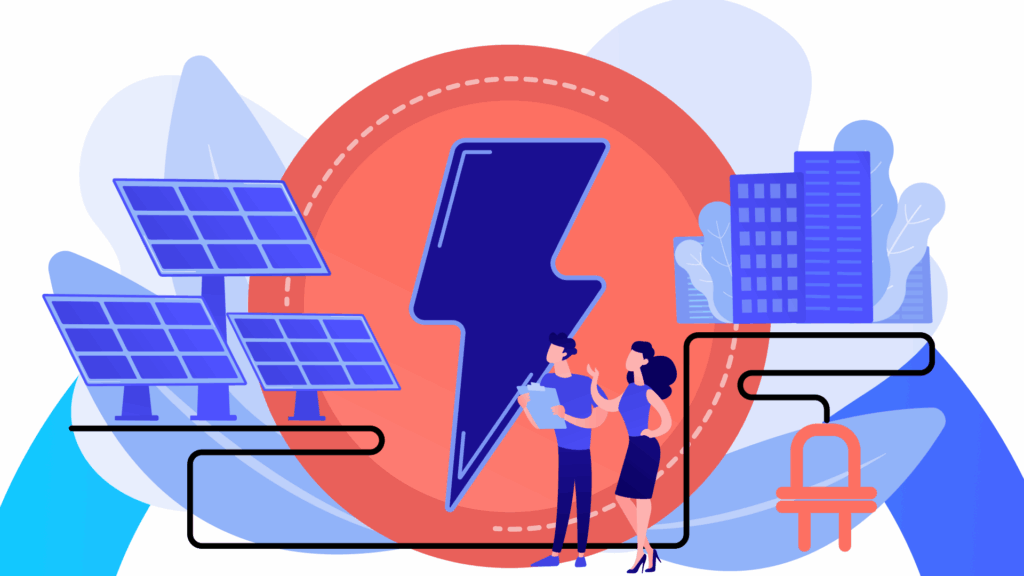Fuel loss in retail operations drains profits fast. Learn why it happens, how to stop it, and how digital automation tools can safeguard your supply.
Introduction
Fuel loss isn’t just a minor inconvenience. It’s a silent leak in your profits, your credibility, and your operational efficiency.
Whether you’re running a small fuel station or managing a network of retail sites, fuel loss can cause real damage. And it doesn’t always come from obvious sources. Sometimes, it’s theft. Other times, it’s tank leaks, inaccurate sensors, or even simple human error. That’s why fuel loss prevention deserves more attention and smarter strategies.
Let’s break it down, and see what a fuel retailer can do to ensure fuel loss prevention.
Why fuel loss happens
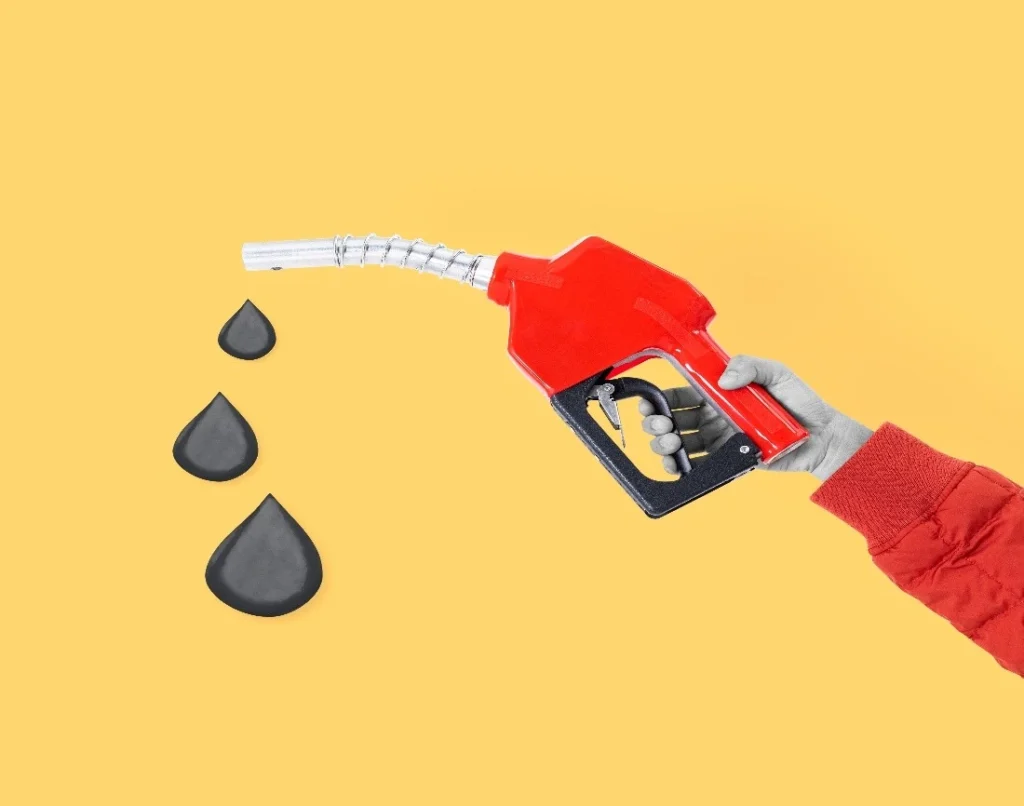
Fuel retailing isn’t just about pumping gas. It’s a complex dance between inventory tracking, equipment maintenance, and people management. If one part breaks rhythm, fuel starts vanishing.
Here’s where it usually goes wrong:
- Undetected leaks: Old tanks and worn-out pipelines are risky. Even tiny leaks can cause huge volume losses over time.
- Faulty gauging systems: If your sensors are inaccurate or uncalibrated, you’re working with flawed data. That skews inventory records.
- Fuel theft by employees: It’s uncomfortable to think about, but internal theft is a real problem. Poor tracking makes it easy to hide.
- Poor delivery verification: If you don’t check deliveries closely, you might not be getting what you’re billed for.
- Manual errors in record-keeping: Paper logs and spreadsheets leave room for mistakes. They also make audits a nightmare.
Knowing the root causes is the first step in proper fuel loss prevention.
The real cost of fuel loss
Unnoticed losses pile up quickly. Over time, they mess with your profit margins and create gaps in reporting. Regulators also don’t look kindly on “mystery losses.” If you can’t prove where your inventory went, you might face penalties—or worse, shutdowns.
Fuel loss prevention protects more than your product. It protects your business.
Smart strategies for fuel loss prevention
The good news? You can stop fuel loss before it starts. But prevention isn’t a one-size-fits-all deal. You need layered protection.
Here’s how to do it:
1. Upgrade to real-time monitoring
2. Automate inventory reconciliation
Manual matching of delivery logs with tank readings is outdated. Fintech Fuel automates this with digital reconciliation tools. You get alerts when something doesn’t add up, and each fuel movement is logged with precision. Automation reduces shrinkage by keeping human error out of the equation.
3. Secure access to fuel dispensing
4. Track deliveries with precision
Don’t trust what’s written on paper. Use inline flow meters and GPS-based delivery verification to confirm received volumes. Fintech Lorry integrates delivery data with on-site sensors, providing real-time comparisons between what was expected and what was delivered. That prevents delivery shortfalls from going unnoticed.
5. Train your team regularly
People are your first line of defense. Train them to recognize leaks, fuel theft, and system failures. Rotate roles occasionally to avoid risky routines. Make sure they understand how to use your systems. Fintech Fuel, for instance, is designed with user-friendly dashboards so staff can act quickly when discrepancies arise.
6. Install surveillance and tamper sensors
Video surveillance adds an extra layer of accountability. But it’s not just about watching people. Tamper sensors on tank lids, pipelines, and control units help detect unauthorized access. Combine these with real-time alerts through digital platforms for quicker incident response.
7. Run routine leak tests
Schedule weekly automated leak detection through your monitoring system. Fintech Fuel supports automated leak detection logs that you can share with compliance officers. This keeps you audit-ready while also ensuring environmental safety.
8. Analyze historical trends
Use data analytics to identify patterns. Maybe a particular site always shows small losses on night shifts. Maybe one lorry consistently delivers short. By spotting these trends early, you can step in before the losses grow. Fintech Fuel offers reporting dashboards with historical trend analysis that help you dig deeper than surface-level anomalies.
Digital fuel loss prevention: A smarter way forward
The future of fuel retail is digital. Manual logs and paper delivery slips just don’t cut it anymore. With connected systems, you can catch irregular patterns, compare site performance, and drill down into the cause of every loss. Most importantly, you can do it before losses grow big enough to hurt.
Adopting these systems isn’t about fancy tech, it’s about smart protection. Every sensor, alert, and dashboard you add brings you closer to zero-loss operations.
Final thoughts
Fuel loss prevention isn’t optional anymore. It’s essential to surviving and thriving in fuel retail. You can’t stop what you can’t see and you definitely can’t fix what you don’t measure.
With the help of digital tools like Fintech Fuel, you can take back control. Start plugging the gaps. Make every drop count. To learn more, talk to our experts.

